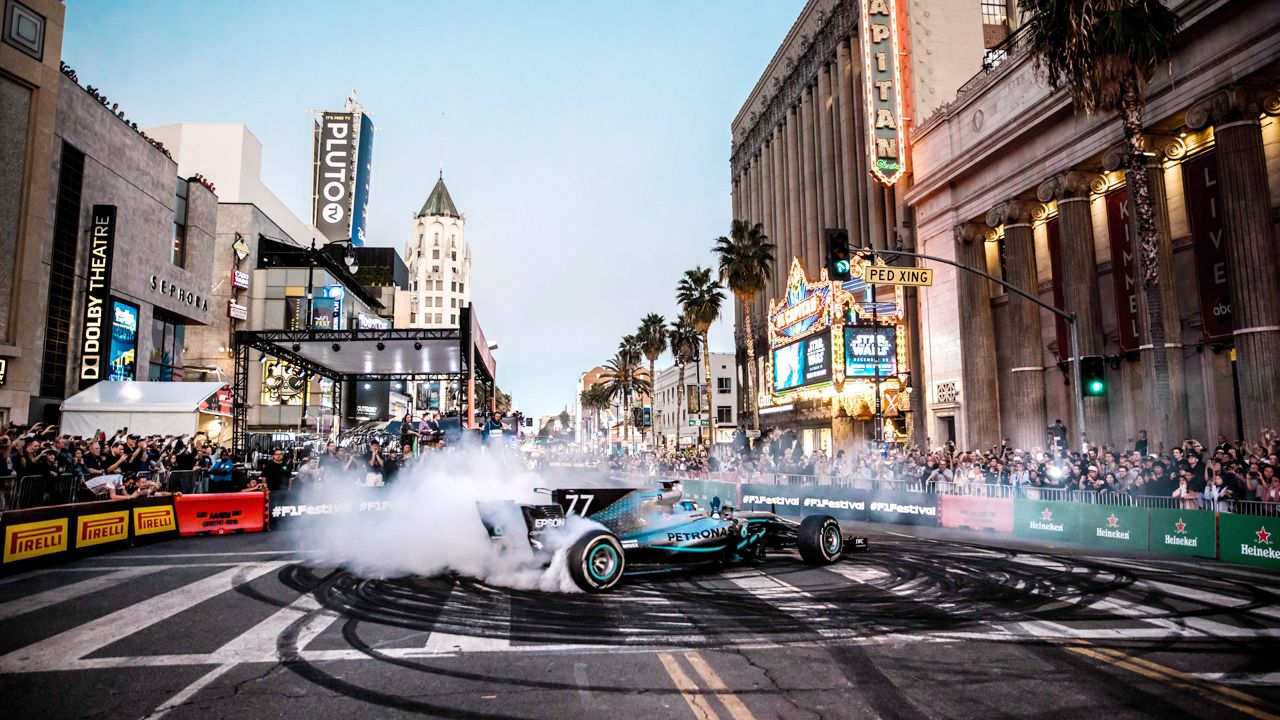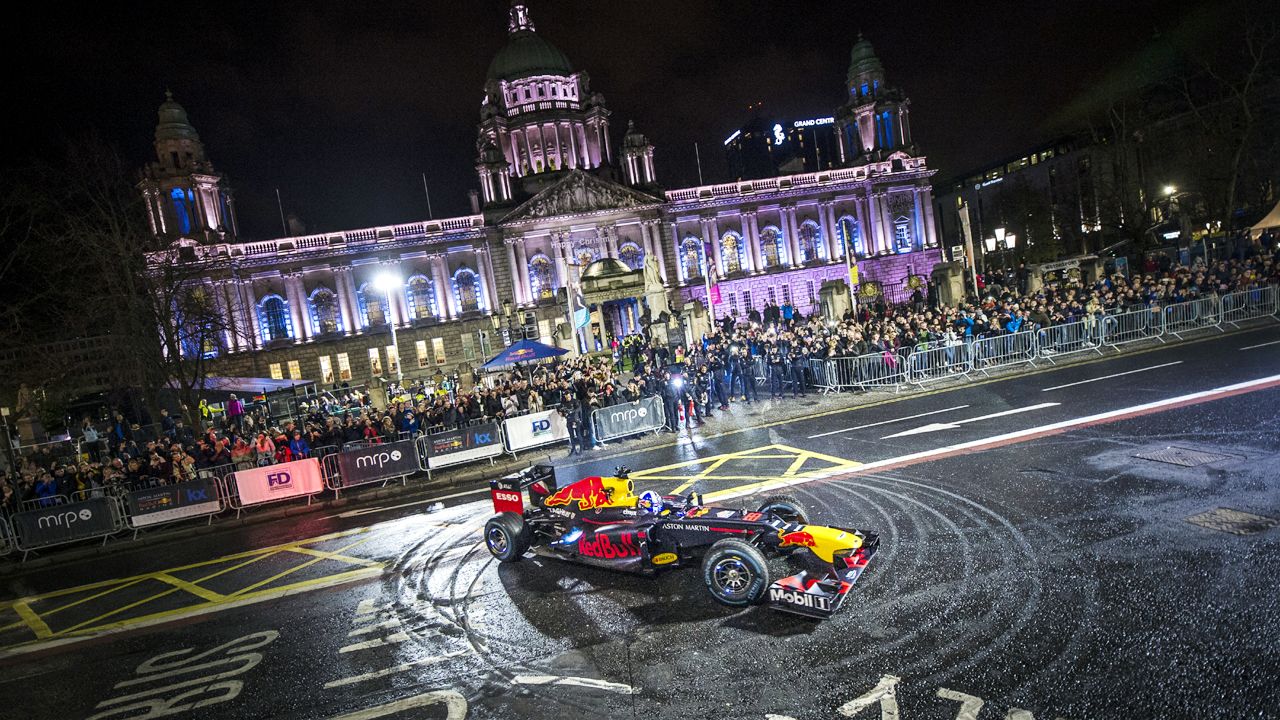
The new financial regulations make F1 better value & more sustainable. It remains the most impressive form of global advertising at what is ultimately a reasonable cost for those who can afford it.
It’s good news that Formula 1 has finally agreed to financial regulations to safeguard the sport in the mid- to long-term, with a budget cap of $145 million in 2021, $140 million in 2022 and then $135 million each year until the end of 2025.
This restriction will be for operational expenditure only, and will not impact driver salaries, marketing and a number of other costs, but it’s still a good thing to have done. The plan was to have a cap in 2021 of $175 million, but the smaller teams were able to get the agreement of the big teams, arguing that the post-COVID-19 economic crisis would make it very difficult for them to survive.
The big teams were also convinced to accept an aerodynamic handicap system, which will allow the smaller teams to do more wind tunnel testing and CFD than the bigger operations. This will reduce on a linear scale, rather than based on the points scored. Thus the 10th team will get more testing than the ninth, and so on. This is designed to close the gaps in the field, without it being seen as a manipulation of the sport.
The sign of a good agreement, so they say, is that everyone is a little bit unhappy and that seems to be the case with the new deal. The big teams wanted a higher cap, the smaller teams wanted a lower one, but finally, they have met in the middle.
It remains to be seen how much impact this will actually have, as only a few of the teams have operating costs as high as the cap. In theory, it should allow the top teams to generate revenues that they cannot use, which will put value into the businesses. Some will have to lose some staff as a result, but the plan is for most of the staff to be transferred into other projects, such as Formula E or IndyCar teams. This is good for the big teams, as it will also mean that they will be less reliant on their parent companies and might even become cash-neutral, which would mean the teams would give the car companies what would amount to free global advertising, thus making it illogical for the existing players to withdraw from the sport. It might also convince other manufacturers to enter the sport if they know exactly what they would need to spend and what the benefits would be.
It is also probably only the first step to further budget reductions, which make sense in an industry in which cost-efficiency is the key to success. F1 has never been about cost-efficiency, and one can argue that it should be. If it was, it would make it more attractive to more manufacturers. And while some think that the sport should be about private teams – the so-called garagistes of yesteryear – the reality is that the car industry has always played a big role in Grand Prix racing, and should still be involved. But they shouldn’t be able to buy success. We have seen many times in the past people arriving and thinking that money will win the day – notably Toyota – but racing is all about the people involved, even if having sufficient money is important.
The proposals have been officially approved by the FIA, during a virtual meeting of the World Motor Sport Council. Getting a financial solution in place relating to the budgets means that things can now move towards concluding the commercial agreements for the next five years. Most of this has already been agreed and so it should happen relatively quickly, but it’s not yet clear whether there will be one all-encompassing document – a new Concorde Agreement – or whether there will be bilateral agreements between the commercial rights holder and the individual teams. In the end, it makes little difference as the basis of the document will remain the same – with only the numbers changing. Once that is all done, the sport can turn its focus on building on what will be a stable foundation and putting new strategic plans in place so that the sport will be developed in the countries where F1 wants to be, rather than simply going where the money is. In theory, this should mean that the current imbalances in the fees that race promoters pay to the commercial rights holder will level out, and in the end, everyone ought to be more willing to work together.
The sport has long had a system based on the division between the different parties involved, and this has often impacted their willingness to work together for the good of the sport, which means that Formula 1 has not achieved as much as might have been the case with a different way of thinking. The old system made Bernie Ecclestone and his cohorts very rich and kept the sport in the newspapers, often for all the wrong reasons, but the new way forward is a better long term bet – and one which will ultimately be reflected in the value of the sport. The share price may be low now, but once the sport gets going again and the world economy begins to revive, it’s likely that the sport will once again return to generating large sums of money. It’s true that the world is going to struggle in the years ahead, but F1’s value has not changed. It remains the most impressive form of global advertising at what is ultimately a fairly small cost for those who can afford it. The business is sound and the business model has now been improved.
So, rather than looking ahead and grumbling about what could wrong, it’s best to look ahead and be optimistic that the best days are actually ahead.
Joe Saward has been covering Formula 1 full-time for 30 years. He has not missed a race since 1988.
Read more:
This is Formula 1's best time to learn
Does F1's pre-season testing really allow you to predict the outcome of the world championship?
























Write your Comment